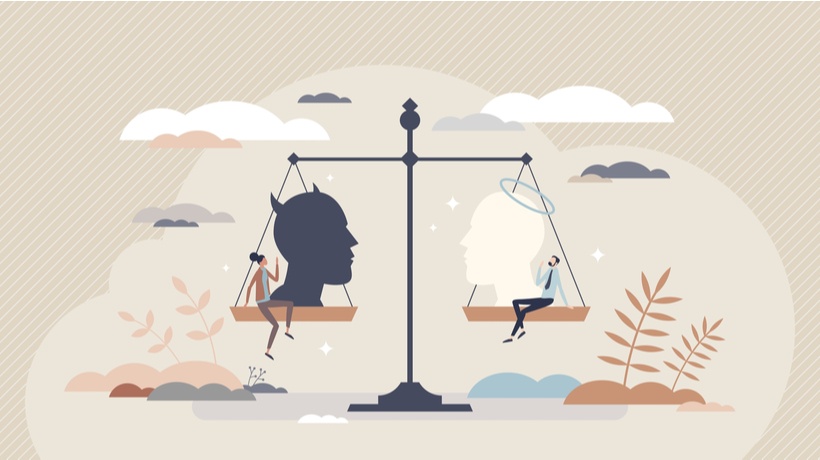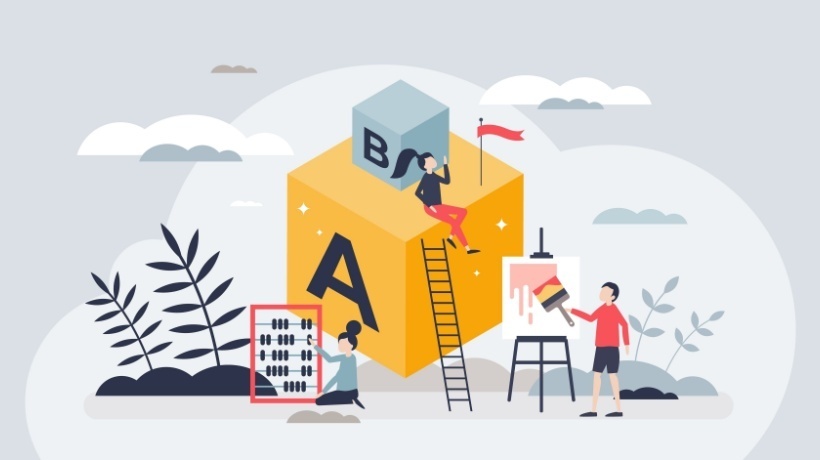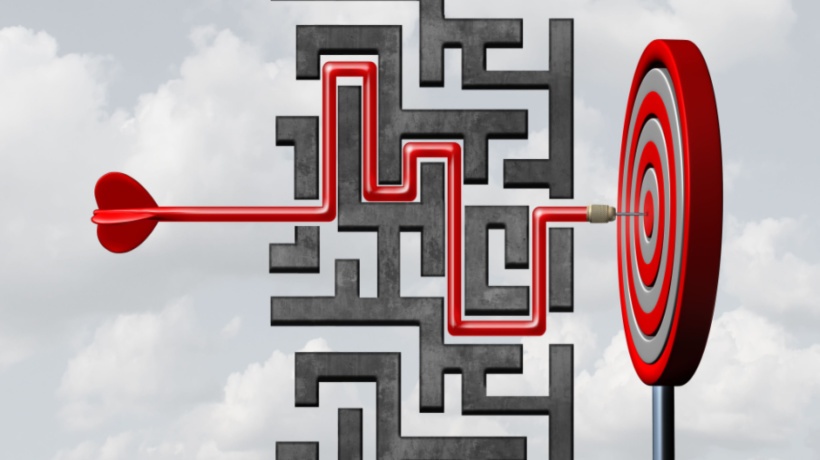Be Deliberate, Detect, Ask Yourself Questions
As machines become increasingly more accurate and intelligent, we humans will need to sharpen our cognitive skills. One of your main responsibilities as a Learning and Development leader is to ensure that you empower the workforce to develop the four sets of skills that are critical to thriving in 2030. To make your job easier, a series of ten articles, "eLearning Skills 2030," explores all these skills and offers practical and actionable steps to strengthen them. This article, the third in the "eLearning Skills 2030" series, explores the understanding of cognitive biases: why it is an important skill, and how to understand your preferences better.
What Are Cognitive Biases?
According to Wikipedia, a bias "is a disproportionate weight in favor of or against an idea or thing, usually in a close-minded, prejudicial, or unfair way." There are hundreds of biases, including cognitive biases, statistical biases, contextual biases, and cultural biases. Cognitive biases are a type of mental mistake that can influence the way we think and the way we act. There are over 188 cognitive biases under more than 20 categories under 4 main areas: having too much information, not having enough meaning, needing to act fast, and remembering.
Why Is Understanding Cognitive Biases Vital To You?
Understanding cognitive biases is a critical skill for the workforce because it can facilitate better decision-making. The human brain thinks in ways that can prompt decisions and actions that are not based on rational judgments. These distorted ways of thinking are biases and result from our brain taking information-processing shortcuts, being influenced emotionally or morally, and being susceptible to social influence and peer pressure. Understanding biases ultimately helps us make better decisions by outsmarting the way our brain has been conditioned to think. Let’s examine some examples of cognitive biases in a business context and how to outsmart them.
1. Self-Attribution Bias
A start-up founder attributes the success of their start-up to themselves rather than including other factors such as the team, luck, or a great product. When performance falters, they blame all other external factors. To outsmart this bias, we need to ask the question: have I been ignoring additional information that may explain the performance, both good and bad?
2. Anchoring Bias
When making a decision, we rely too much on preexisting information or the first information we encounter. For example, when making a decision on salary, a candidate goes with the first offer, without doing any research to evaluate it. To outsmart this bias, we need to ask the question: in what context did I evaluate this information?
3. Survivorship Bias
This is the making of decisions based on the results of the "survivors" or those who succeeded. A famous example of survivorship bias involves the United States military during World War II. The military requested mathematician Abraham Wald to examine how best to prevent airplanes from being shot down. The initial approach was to examine planes returning from combat and reinforce those parts that were damaged the most. However, Wald detected that this initial approach was based on survivorship bias. He pointed out that the planes that were severely damaged did not return. Therefore, the bullet holes denoted the aircraft parts that could be damaged and still allow the pilot to fly back. To outsmart this bias, we need to ask the question: when I look back at what worked well, did I also review what did not work?
4. Halo Effect
This bias drives the propensity to let one positive trait in a person, product, or experience guide the overall opinion of that person, product, or experience. For example, people consider good-looking individuals more intelligent, successful, and popular. To outsmart this bias, ask this question: what do I really like about this person, product, or experience? Then think about the person, product, or experience without the trait you want and see if other characteristics emerge.
5. Hyperbolic Discounting
This bias takes place when people value immediate satisfaction versus long-term benefits. For example, many want to get fit, but they sleep in instead of waking up early to work out. Instead of putting in the work, they fall prey to their cognitive bias. To outsmart this bias, ask this question: what is more important to me in the long term, the immediate results or doing the work to achieve my goal?
6. Planning Fallacy
This bias takes place when people are not realistic about timelines and end up underestimating how much time it will take to complete a future task. To outsmart this bias, ask this question: how much time did a similar project take to complete? What are the possible risks, delays, and hurdles I have to take into account so that I can estimate the project duration more accurately?
Research shows that conscious or unconscious biases drive us to make all types of mental mistakes which impact our thinking, decision-making, and actions. These biases can lead us to glean information from incorrect sources, to focus on confirming our preexisting notions. or even to remember events differently from how they actually happened.
Conclusion
What is intriguing about biases is that even when we are aware of them, they may still influence the way we think, decide, problem-solve, and act. It is critical to stay vigilant of biases so that you can outsmart them. Consider the following tactics: first, you must recognize the various types of cognitive biases and how they are revealed in daily life. This article offers a few examples and an infographic with 188 known cognitive biases for your reference. Second, you need to pay attention. Be deliberate about detecting your own biases and make efforts to outsmart them as you evaluate the information needed to solve a problem or make a decision. Finally, you must continue asking yourself questions as you go through your decision-making process. You can use the "outsmart-your-biases" questions provided in this article as a starting point. As a Learning and Development leader, you also have the responsibility to ensure that the workforce learns to detect their cognitive biases so that they can thrive in 2030 and beyond.








